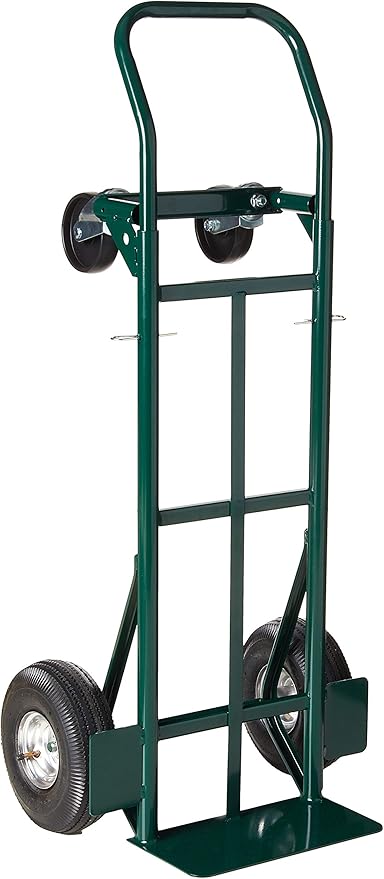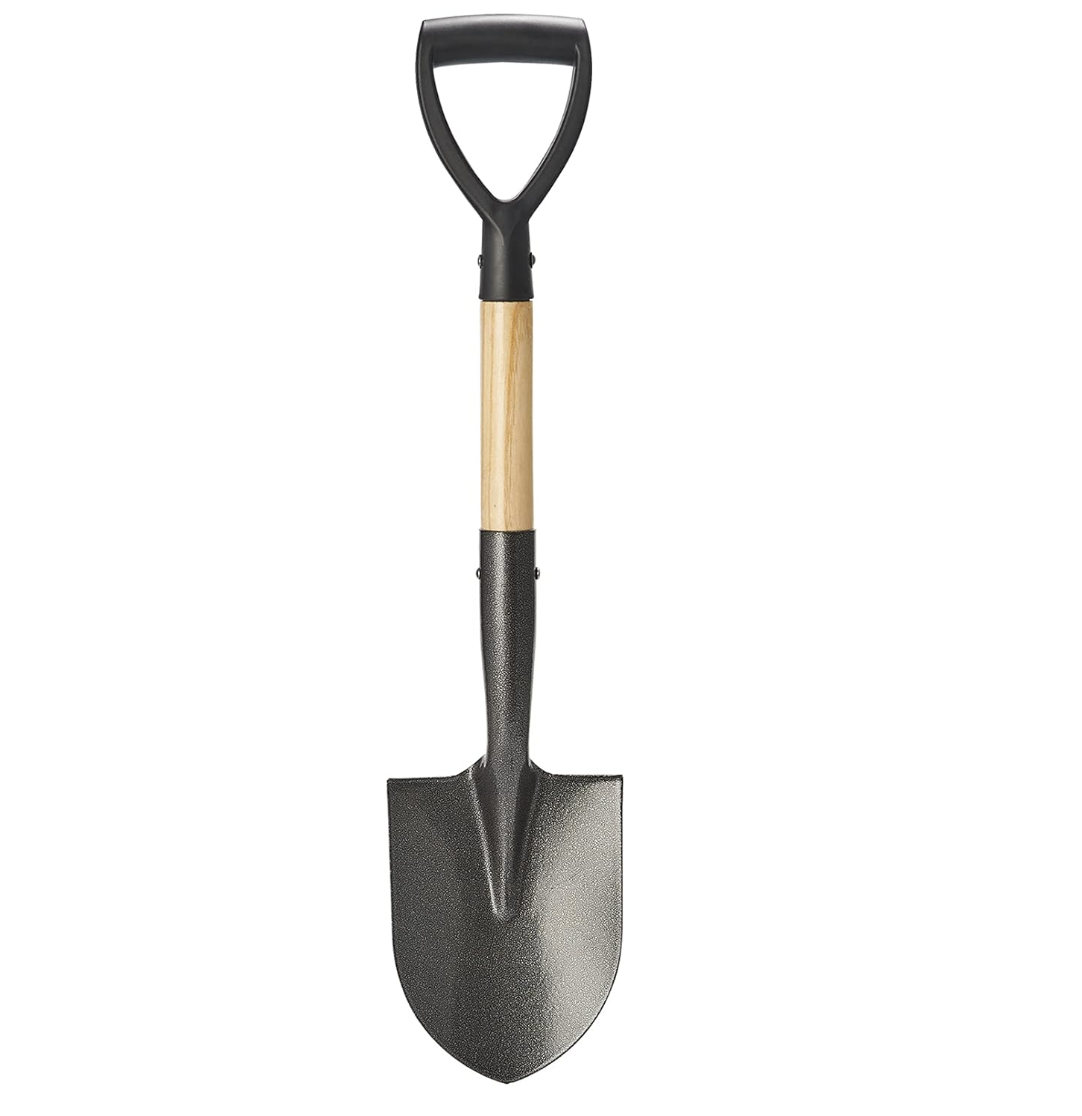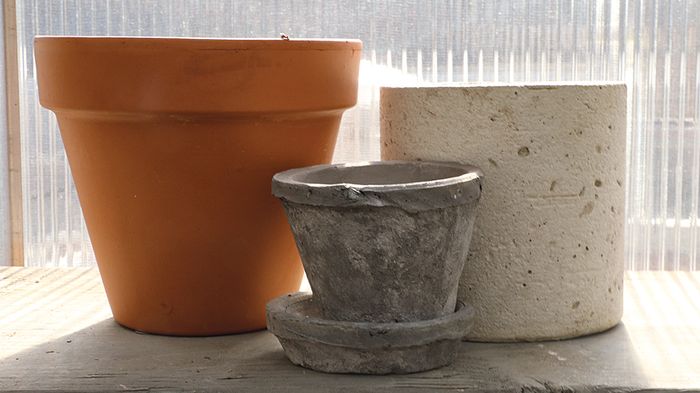Using Perennials in Pots
Save money by choosing plants that you can transfer to the garden at the end of the year

When presented with the estimate for the list of annuals for her containers on her terrace, my customer lamented, “It seems like so much money to spend on plants that will be thrown away at the end of the summer.” Aiming to please, I decided to experiment with perennials that could be used in containers and later transferred to the garden.
Before this, I hadn’t tried using any perennials in containers. At first, visions of flopping plants and pathetic foliage flashed through my head. What was I going to do about the fact that most perennials only bloom for about a month? I began looking through plant catalogs with a few requirements in mind.
What plants to choose
First, I didn’t want anything that had to be staked or fussed with. Then I looked for plants with interesting textures and colorful foliage. Finally, I wanted to be able to reuse these plants in the garden. Some of the plants had to be able to withstand the relentless heat and sun of a southwestern exposure. Others needed to flourish in the shady conditions of the north side of the house. The containers needed to be planted by mid-May and still look good by the end of the summer.
My choices for that first season were a bit cautious, but they were successful. For the sunny side, I chose groupings of fountain grass, tickseed, tricolor sage, and aster. Because I planted in early May, I decided to use the annual white alyssum to spill out over the edge of the container, to give it interest until the perennials kicked in. On the shady side, I used ‘Frances Williams’ hosta, bleeding heart, and spotted deadnettle, with the annual blue lobelia as an edging.
By the time I had finished, the containers looked respectably full, although a bit quiet. By mid-June, the perennials were so full that they almost covered up the alyssum and lobelia on the edges. The foliage colors of the hosta and lamium were cool and soothing on the shady refuge of the north-facing terrace, and the flowers and foliage of the bleeding heart lasted well into early fall. The tickseed beamed its pale yellow lights starting in July and was a handsome companion to the fountain grass. In August, when most containers are looking weary, mine were fresh and lively.
Planting ideas for shade
1. ‘Dark Star’ coleus (Solenostemon scutellarioides ‘Dark Star’, Zone 11)
2. Corydalis (Corydalis lutea, Zones 5–8)
3. ‘Aureola’ Japanese forest grass (Hakonechloa macra ‘Aureola’, Zones 5–9)
1. White fringed bleeding heart (Dicentra eximia ‘Alba’, Zones 4–8)
2. ‘Blue Moon’ hosta (Hosta ‘Blue Moon’, Zones 3–8)
3. ‘Ginko Craig’ hosta (Hosta ‘Ginko Craig’, Zones 3–8)
4. ‘White Nancy’ spotted deadnettle (Lamium maculatum ‘White Nancy’, Zones 4–8)
5. Spreading bellflower (Campanula poscharskyana, Zones 4–7)
1. ‘King of Hearts’ bleeding heart (Dicentra ‘King of Hearts’, Zones 4–8)
2. ‘Majesté’ lungwort (Pulmonaria ‘Majesté’, Zones 5–8)
3. ‘Pink Pewter’ spotted deadnettle (Lamium maculatum ‘Pink Pewter’, Zones 4–8)
Planting ideas for sun
1. Golden variegated sage (Salvia officinalis ‘Icterina’, Zones 5–8)
2. ‘Limelight’ licorice plant (Helichrysum petiolare ‘Limelight’, Zones 10–11)
3. ‘Moonbeam’ coreopsis (Coreopsis ‘Moonbeam’, Zones 3–8)
1. ‘Vera Jameson’ sedum (Sedum ‘Vera Jameson’, Zones 4–9)
2. ‘Blackie’ sweet potato vine (Ipomoea batatas ‘Blackie’, Zones 9–11)
3. Tricolor sage (Salvia officinalis ‘Tricolor’, Zones 5–8)
4. White alyssum (Lobularia maritima cv., annual)
1. ‘Green Spice’ heuchera (Heuchera ‘Green Spice’, Zones 4–9)
2. ‘Plum Pudding’ heuchera (Heuchera ‘Plum Pudding’, Zones 4–9)
3. ‘Limelight’ licorice plant (Helichrysum petiolare ‘Limelight’, Zones 10–11)
4. White alyssum (Lobularia maritima cv., annual)
15 more perennials that shine in pots
 |
1. Blue oat grass (Helictotrichon semper-virens, Zones 4–9)
2. Bowles’ golden sedge (Carex elata ‘Aurea’, Zones 5–9)
3. Bronze fennel (Foeniculum vulgare ‘Purpureum’, Zones 4–9)
4. Lavenders (Lavandula spp. and cvs., Zones 5–10)
5. Michaelmas daisy (Aster novi-belgii ‘Professor Anton Kippenberg’, Zones 4–8)
6. Short fountain grasses (Pennisetum alopecuroides ‘Moudry’, ‘Little Bunny’, and ‘Hameln’, Zones 6–9)
7. Snow in summer (Cerastium tomentosum and cvs., Zones 3–7)
8. Spurges (Euphorbia spp. and cvs., Zones 4–11)
9. Wormwoods (Artemisia spp. and cvs., Zones 3–9)
For shade
10. American maidenhair fern (Adiantum pedatum, Zones 3–8)
11. Barrenworts (Epimedium spp. and cvs., Zones 4–9)
12. European wild ginger (Asarum europaeum, Zones 4–8)
13. Foam flowers (Tiarella spp. and cvs., Zones 3–9)
14. Lady’s mantle (Alchemilla mollis, Zones 4–7)
15. Siberian buglosses (Brunnera macrophylla cvs., Zones 3–7)
Transfer plants to the garden at season’s end
The perennial containers were much easier to care for than their annual counterparts. They required far less deadheading and deadleafing than annuals do. I was able to water them less often, and they didn’t get that tired look that annuals have around Labor Day. Also, I enjoyed watching the transition of the plants’ growth throughout the season. This was a great way to experiment with new plants. I had all summer to note their habits and changes and to decide where and how I wanted to use them in the garden.
I emptied the containers in October. Even though they still looked pretty good, I wanted the plants to have a chance to acclimate to the garden before the cold weather arrived. I carefully lifted the plants out using my trowel and hands. Some plants had grown quite a bit, so I divided them—an added bonus. I went around the garden with my “leftovers,” tucking them into all the bare areas. Some plants didn’t fit into the existing garden scheme just then, so I put them aside into a holding bed for the following year. I treated them all as new perennials, watering them in well and covering them with evergreen boughs after the ground froze to protect them from heaving.
Originally, I had planned for my containers to be at their peak in August and September, but experimenting with perennials over the years has shown me that I can have a palette of color and texture that changes throughout the season. The garden benefits from my regular fall infusions of plants, and having extra plants around is also great if I feel like starting a new project. When I’m planting new containers in spring and I need extra material, I can just go dig it out of a bed or divide an existing perennial. And best of all, as I pointed out to my client, we get two different uses out of the same plant. That’s garden synergy at its best.
Design Tips• When choosing perennials for a container, first pick a plant that will be the dominant center and then choose at least two others with foliage and flowers that contrast or blend with your primary plant. • Think first about foliage color because it will likely dominate the planter and determine which flowers best suit the design. • Also think about the ultimate size of the plants and make sure the plants won’t overwhelm the container as they grow. |
Christine Froehlich is a garden designer living in Sodus Point, New York, on the banks of Lake Ontario.
All photos, except where noted: Michelle Gervais
From Fine Gardening #98
Fine Gardening Recommended Products

Harper Super Steel 700-lb. Platform Hand Truck
Fine Gardening receives a commission for items purchased through links on this site, including Amazon Associates and other affiliate advertising programs.

Corona® Multi-Purpose Metal Mini Garden Shovel
Fine Gardening receives a commission for items purchased through links on this site, including Amazon Associates and other affiliate advertising programs.

Ashman Garden Cultivator (1Pack)
Fine Gardening receives a commission for items purchased through links on this site, including Amazon Associates and other affiliate advertising programs.



















Comments
Thanks for this excellent article..I have gravel where I'd rather have garden-my apartment which is adjunct to my daughters family house. We put in a ramp where I'd rather have had a garden because I not have osteoporosis and have to be able to get around with a walker at times. Last summer, the first summer in our new home, I had several roses in planters as well as a couple of clematis tucked in to the bigger planters where I'd planted small climbing roses. This year I bought 15 new planters most filled with more roses that will eventually go into the yard as we extend the gardens. Were doing this by steps.
Planting perennials in them is a great idea, as is having a holding bed..I think that will be yearly fall project. I really appreciate your article and have a lot of ideas for next year!
Log in or create an account to post a comment.
Sign up Log in